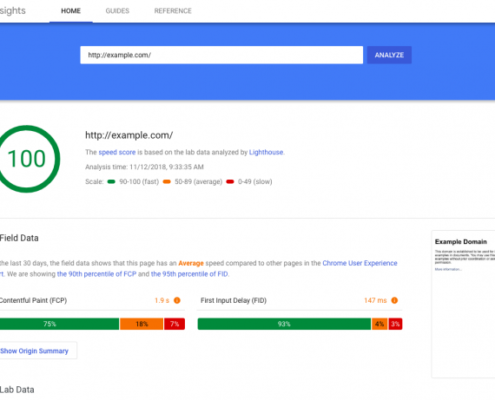Conversion rate optimization (CRO)
is the method of using analytics and user feedback to improve the performance of your website. CRO can be used to improve any metric KPI on your website that’s important to your business but it’s often associated with acquiring new customers, registrations, downloads, etc.
It increases the percentage of website visitors who experience the “aha moment” (or the must-have user experience) that turns passive browsers into valuable conversions.
You should care about CRO for a few reasons.
- you pay for traffic to your site in one way or another, and a high conversion rate means a better return on that investment (ROI).
- It’s also much more cost-effective to convert a higher percentage of the visitors you already have than to attract more visitors.
- optimization helps to defend against the limited attention of your average visitor by giving them what they want before they are tired of looking for it and move on.
CRO is important!
- Higher conversion rate = better ROI
- More cost-effective than finding more visitors
- Defends against limited patience of visitors
Conversion Optimization Is…
- A structured and systematic approach to improving the performance of your website
- Informed by insights—specifically, analytics and user feedback
- Defined by your website’s unique objectives and needs (KPIs)
- Taking the traffic you already have and making the most of it
To improve you need to have set up any target that is not met and needs improvement.
In web statistics there are a couple of metrics to be set as a goal:
- Call to Action (CTA)
The primary button, link or other user interface element that asks the user to take an action that leads to (or towards) a conversion: “Buy Now” button, a “Sign Up” button on an email registration field, a “Download Now” on an app landing page, etc.
- Conversion Funnel
The primary pathway (or flow) of the user experience where visitors complete a conversion. On online shop the funnel may be Homepage > search results page > product page > checkout.
Typical conversion rate optimization process takes following steps:
- Development and automation of website performance dashboards for your website
- Hypothesis testing, identification of success metrics and post-test analysis
- A/B testing, segmentation, customer insights and personalization
A/B or Split Testing
The testing of one version of a page or interface element against another version of the same thing. Each element is measured by its effectiveness in comparison to the other. For example, a red button measured in effectiveness to a green button. In A/B testing only one thing is tested at a time.
Multivariate Testing (MVT)
The testing of multiple variations of many different page elements in various combinations to determine the best performing elements and combinations. For example, a multivariate landing test may test many variations of the pictures, copy, and calls to action used on the page in many combinations to find the best performer.
- Conversion optimization and real-time behavioral targeting for the next 2 weeks to check the results




Share this entry